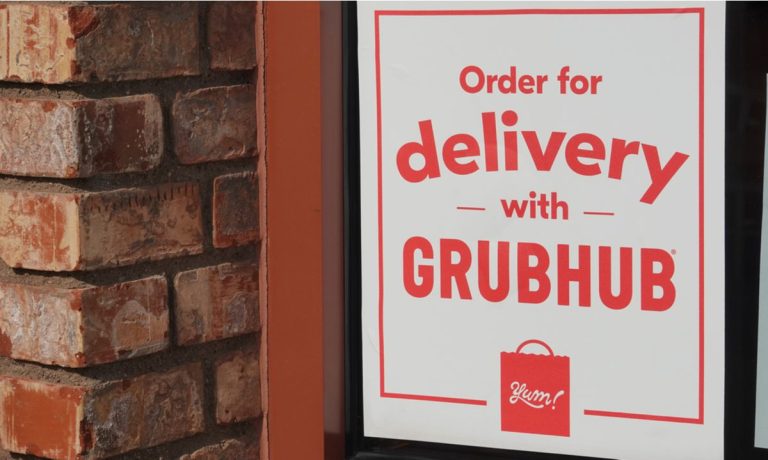Just Eat Takeaway Holds Onto Grubhub as Aggregators Lose to Direct Ordering

As the third-party restaurant aggregator model continues to pose challenges from a profitability standpoint, leading players are continuing to face these challenges head-on, duking it out for consumers’ delivery spending.
Just Eat Takeaway, for its part, parent company of Chicago-based aggregator Grubhub, is not immediately offloading the company, according to Grubhub CEO Adam DeWitt’s comments at The Wall Street Journal’s (WSJ’s) Global Food Forum.
“It’s more about finding a way to help us grow than it is necessarily about the sale,” DeWitt said, WSJ reported Tuesday (June 28).
Back in April, Just Eat Takeaway announced that it is “actively exploring” the possibility of a partial or full sale of Grubhub, and in May, it was reported that the Netherlands-based company could lose 4.8 billion pounds (about $5.8 billion) relative to the price for which it acquired the company.
Read more: Just Eat Takeaway Mulls Multibillion Hit to Unload Grubhub
“Nothing has changed in relation to our previous statements around Grubhub,” Just Eat Takeaway said in a statement published by Reuters Wednesday (June 29). “In April, we confirmed that management is currently, together with its advisers, actively exploring the introduction of a strategic partnership and/or the sale of Grubhub, in whole or in part.”
The news comes as U.S. restaurant customers tend to opt for direct ordering rather than using third-party aggregators. Aggregators had a moment in the early stages of the pandemic when they benefitted from being the only way that most restaurants could quickly offer their consumers digital ordering options while dining rooms were closed. However, as the digital shift progressed, and restaurants noted how essential such channels would be in the long term, many built out their own digital ordering infrastructure, and consumers have been flocking to these channels.
The May edition of PYMNTS’ ConnectedEconomy series, The ConnectedEconomy™ Monthly Report: The Brick-and-Mortar Economy Goes Digital, which drew from a survey of more than 2,600 U.S. consumers about their digital habits, revealed that 56% of consumers reported having used a restaurant’s website or app to buy meals for pickup or delivery in April. In contrast, only 43% said that they had ordered food for same-day delivery using a third-party aggregator.
See more: 19M More Consumers Went Online to Bank, Buy and Pay Bills in May 2022
According to data from PYMNTS’ 2022 Restaurant Friction Index, created in collaboration with Paytronix, 41% of those who did not use restaurant aggregators reported an unwillingness or inability to pay the delivery or service fee as a reason for steering clear. Additionally, 35% cited a preference for direct channels, 26% said aggregators were too expensive, and 24% said they did not trust aggregators.
Read more: Loyalty Programs Best Way to Get Diners to Spend More
Consequently, aggregators have been diversifying their business models, onboarding different kinds of merchants and offering white-label fulfillment services that allow them to bring in revenue from their driver networks even as consumers opt for direct ordering channels.